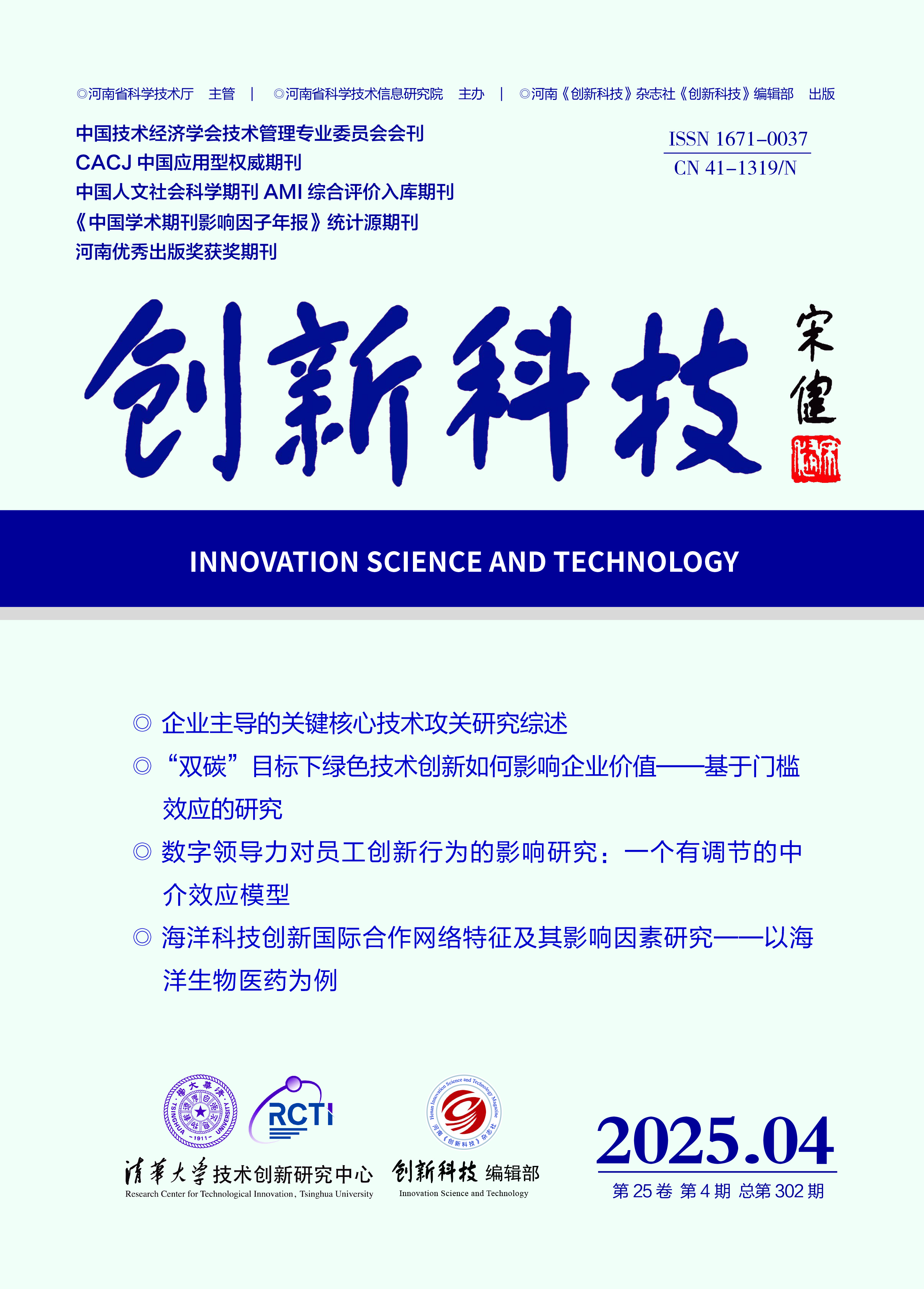INNOVATION SCIENCE AND TECHNOLOGY
Quick Search

All publication are peer-review
Peer review will take the from of double-blind review Judge objectively and impartially
There is no conflict of interest for the reviewer
Review articles shall be kept strictly confidential prior to publication
"New Quality Productive Forces and High-level Science & Technology Self-reliance" Column
Exploring the Essential Characteristics, Dynamic Mechanism, and Implementation Path of New Quality Productivity
Chen Jin1 , Ye Weiwei2
(1.School of Economics and Management, Tsinghua University, Beijing 100084, China; 2.School of Public Administration, Zhejiang University of Finance and Economics, Hangzhou 310012, China)
Abstract: New quality productivity refers to the modern productive forces that characterize the socialist system. A key challenge in China's path to modernization is how to promote the up⁃ grading of traditional industries continuously, develop emerging industries, and cultivate future industries. This effort aims to establish and enhance new quality productivity through compre⁃ hensive innovation, with a strong focus on technology and innovation. Based on the evolution tra⁃ jectory of productivity theory, this study examines the evolution of the concepts of productivity across three significant eras: the agricultural era, the industrial era, and the intelligent era. It draws on Marxist theory regarding productive forces to analyze the connotation and characteris⁃ tics of the concept of new quality productive forces. Additionally, it utilizes the theory of compre⁃ hensive innovation to explore the dynamic mechanism and implementation path of new quality productivity. The findings elucidate that: ①The qualitative transformation of productivity arises from the optimization of combination structures among production entities, means, and objects, which is manifested in three levels— "enterprise competitiveness, industrial innovation, and industrial system modernization", so as to change the organizational and management methods of the pro⁃ duction process; ②Technological innovation, as an endogenous variable driving the development of productivity, exerts a direct influence on the combination structure of production entities and the allocation structure of production means, thereby indirectly affecting the industrial structure of production objects and promoting the development of new quality productivity; ③Institutional innovation, as an exogenous variable that drives the development of productivity, directly affects the allocation structure of production means by influencing the institutional transaction costs as⁃ sociated with production factors. By regulating consumer demand, investment demand, and ex⁃ port demand, institutional innovation indirectly affects the industrial structure of production ob⁃ jects and promotes the formation and development of new quality productivity. Ultimately, the study explores implementation pathways grounded in the dynamic mechanism of new quality pro⁃ ductivity from the perspectives of structures of production entities, means, and objects. It seeks to clarify the interplay between comprehensive innovation and the development of new quality productivity, thereby enriching the theoretical system surrounding this pivotal concept.
Key words: new quality productivity; comprehensive innovation; essential characteristics; dy⁃ namic mechanism; implementation path